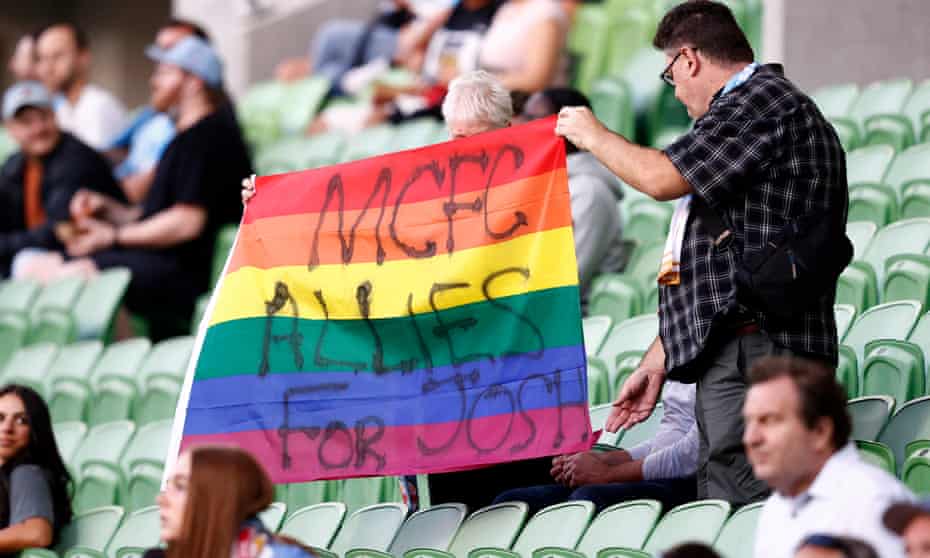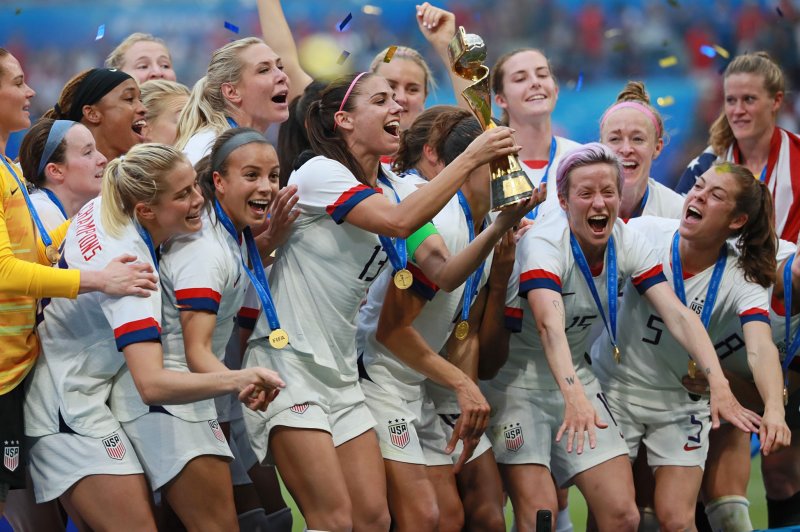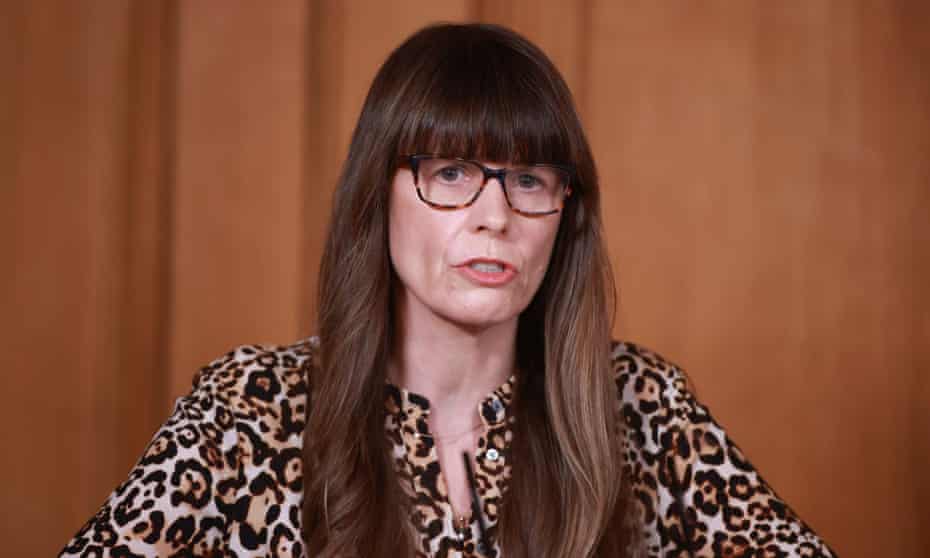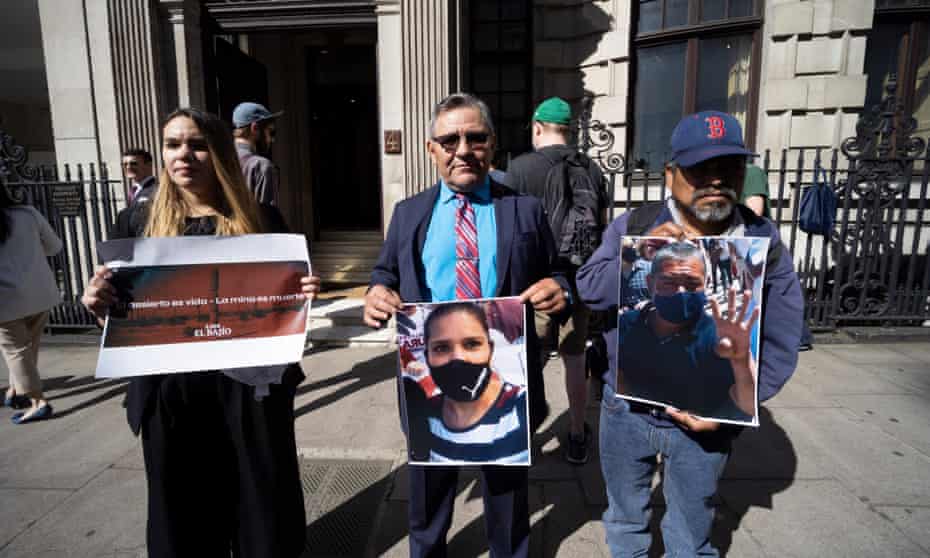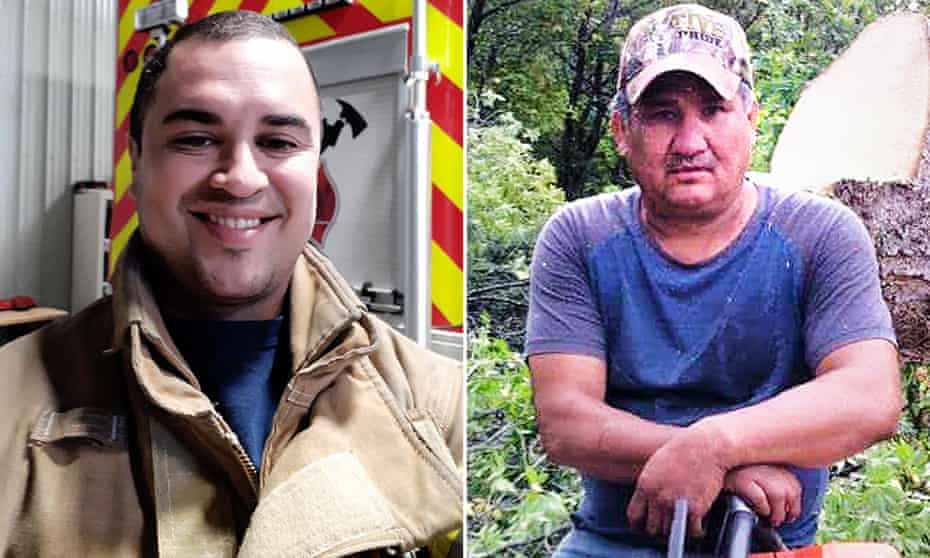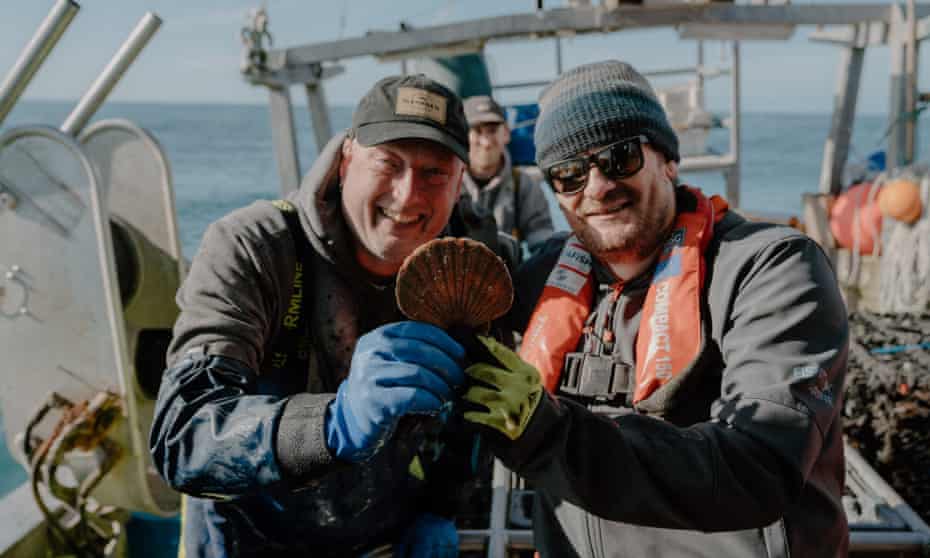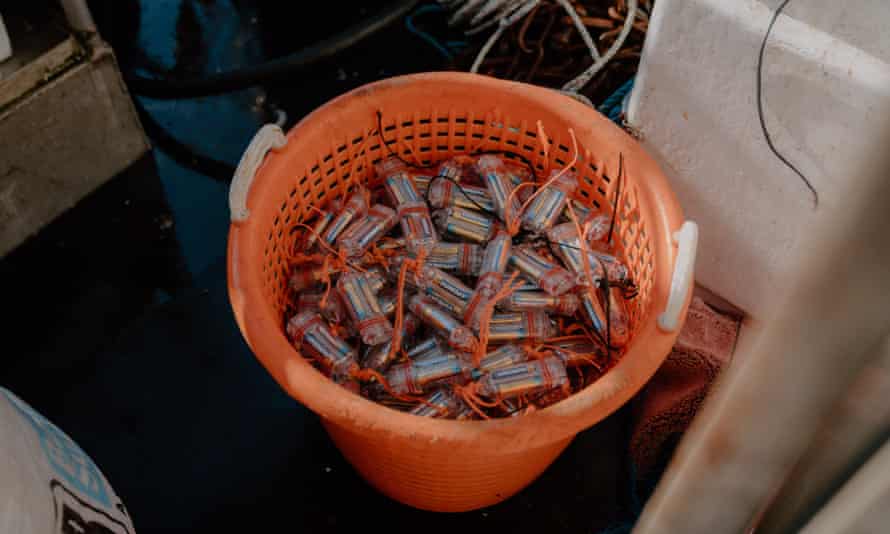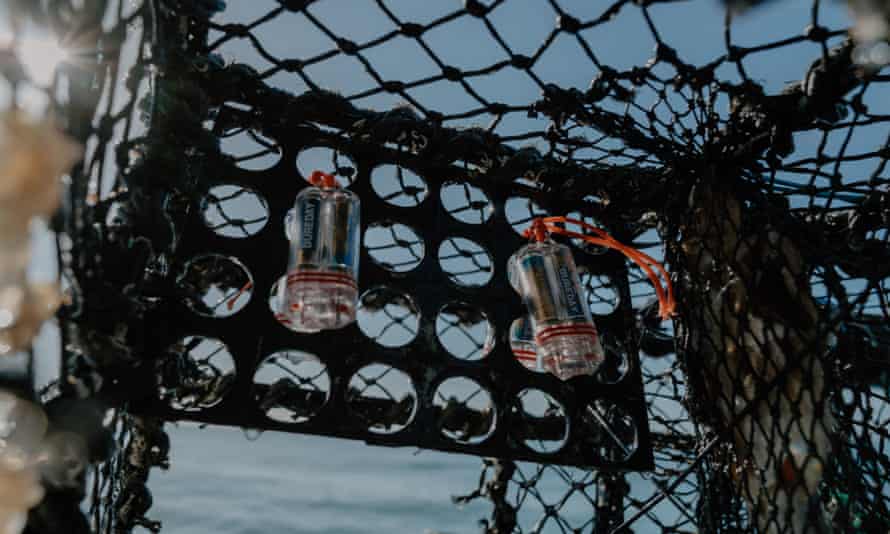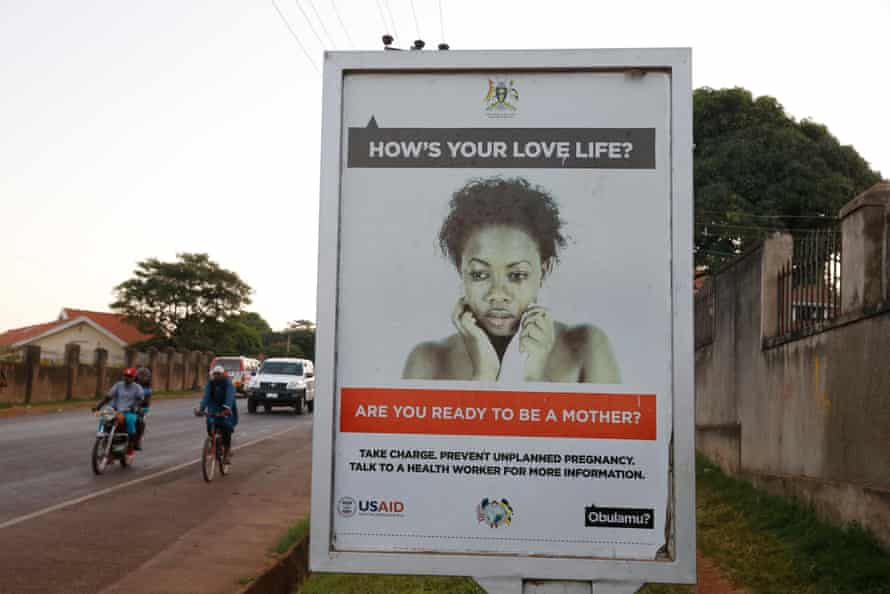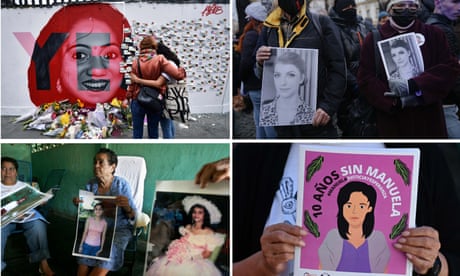Wed, 18 May 2022

Senegal has been gripped by the row over by Idrissa Gana Gueye's alleged refusal to don a rainbow shirt in France's Ligue 1 matches last Saturday
(AFP/Pascal GUYOT) (Pascal GUYOT)
Senegalese police said Wednesday they were probing a possible anti-gay attack by a mob, an incident coinciding with a storm over a football star's apparent refusal to join a campaign against homophobia in Europe.
Videos began circulating Tuesday evening showing a crowd in the centre of the capital Dakar beating a man and hurling homophobic insults at him.
Anti-LGBTQ rhetoric has increased on social media in Senegal since Paris Saint-Germain (PSG) footballer and Senegalese international Idrissa Gana Gueye's alleged refusal to wear a rainbow jersey during a match in France on Saturday.
Despite facing criticism in France, Gueye has received a flood of support in Senegal, including the backing of President Macky Sall.
In several videos posted to YouTube and TikTok, an angry mob of several dozen people can be seen in broad daylight surrounding a barefoot young man wearing only boxer shorts.
They are seen holding him firmly by the wrists and slapping his back and head as blood trickles down his neck and chest.
A member of the crowd is heard shouting in Wolof: "Homosexuality will not be accepted in Senegal," while another calls the man a "dirty homosexual" and says, "let us kill him before the police arrive."
Another person is heard shouting: "He does not deserve to live."
In one clip, a crowd uttering homophobic slurs gathers in front of a police station in the HLM neighbourhood in the centre of Dakar.
A police officer on Wednesday told AFP journalists that the young man had been brought there the day before. No information was given on his condition.
A witness to the incident told AFP that he believed the young man was a foreigner and "around 100" people had hauled him to the police station.
He "was bleeding from injuries to the head and feet," the witness said.
An online investigation shows that the videos, viewed several thousand times, are recent, although the time and date are unclear. AFP has not been able to establish their source.
A police official, also speaking on condition of anonymity given the sensitivity of the case, confirmed on Wednesday that an investigation was underway.
In many parts of Africa, same-sex relations are taboo or even criminalised.
In Senegal, where 95 percent of the population is Muslim, so-called "unnatural acts" with a person of the same sex are punishable by law with one to five years in prison.
Members of the LGBTQ community say attacks and homophobic incidents have increased in recent years, with a number of people fleeing the country.
lp-bur/lal/emd/prc/ri
Senegalese police said Wednesday they were probing a possible anti-gay attack by a mob, an incident coinciding with a storm over a football star's apparent refusal to join a campaign against homophobia in Europe.
Videos began circulating Tuesday evening showing a crowd in the centre of the capital Dakar beating a man and hurling homophobic insults at him.
Anti-LGBTQ rhetoric has increased on social media in Senegal since Paris Saint-Germain (PSG) footballer and Senegalese international Idrissa Gana Gueye's alleged refusal to wear a rainbow jersey during a match in France on Saturday.
Despite facing criticism in France, Gueye has received a flood of support in Senegal, including the backing of President Macky Sall.
In several videos posted to YouTube and TikTok, an angry mob of several dozen people can be seen in broad daylight surrounding a barefoot young man wearing only boxer shorts.
They are seen holding him firmly by the wrists and slapping his back and head as blood trickles down his neck and chest.
A member of the crowd is heard shouting in Wolof: "Homosexuality will not be accepted in Senegal," while another calls the man a "dirty homosexual" and says, "let us kill him before the police arrive."
Another person is heard shouting: "He does not deserve to live."
In one clip, a crowd uttering homophobic slurs gathers in front of a police station in the HLM neighbourhood in the centre of Dakar.
A police officer on Wednesday told AFP journalists that the young man had been brought there the day before. No information was given on his condition.
A witness to the incident told AFP that he believed the young man was a foreigner and "around 100" people had hauled him to the police station.
He "was bleeding from injuries to the head and feet," the witness said.
An online investigation shows that the videos, viewed several thousand times, are recent, although the time and date are unclear. AFP has not been able to establish their source.
A police official, also speaking on condition of anonymity given the sensitivity of the case, confirmed on Wednesday that an investigation was underway.
In many parts of Africa, same-sex relations are taboo or even criminalised.
In Senegal, where 95 percent of the population is Muslim, so-called "unnatural acts" with a person of the same sex are punishable by law with one to five years in prison.
Members of the LGBTQ community say attacks and homophobic incidents have increased in recent years, with a number of people fleeing the country.
lp-bur/lal/emd/prc/ri
PSG's Gueye asked to explain absence after homophobia accusations

AFP -
Paris Saint-Germain midfielder Idrissa Gana Gueye has been ordered by the French football federation's ethics board to answer accusations he missed a game to avoid wearing a rainbow jersey in support of the LGBTQI+ movement.
The Senegal international was absent for Saturday's 4-0 win over Montpellier in Ligue 1 for "personal reasons" rather than injury, according to coach Mauricio Pochettino.
Gueye must "issue a public apology" or say the rumours he refused to take part in French football's fight against homophobia are "unfounded", according to a letter seen Wednesday by AFP addressed to the player.
He also missed a match last year on a day dedicated to raising awareness against discrimination.
"This absence (against Montpellier)... is very widely interpreted as a refusal to participate," wrote the FFF's ethics board.
"One of two things, either the hypotheses are unfounded and we invite you to immediately express yourself in order to silence these rumours," the letter continued.
"Or the rumours are true. In this case we ask you to be aware of the impact of your actions and the very serious error committed."
"In refusing to take part in this collective initiative you are validating discriminatory behaviour... and not only against the LGBTQI+ community," it added.
Gueye on Tuesday received the support of Senegal's President Macky Sall.
"I support Idrissa Gana Gueye. His religious beliefs must be respected," he wrote on Twitter.
eba/ng/hpa/mw/pi

AFP -
Paris Saint-Germain midfielder Idrissa Gana Gueye has been ordered by the French football federation's ethics board to answer accusations he missed a game to avoid wearing a rainbow jersey in support of the LGBTQI+ movement.
The Senegal international was absent for Saturday's 4-0 win over Montpellier in Ligue 1 for "personal reasons" rather than injury, according to coach Mauricio Pochettino.
Gueye must "issue a public apology" or say the rumours he refused to take part in French football's fight against homophobia are "unfounded", according to a letter seen Wednesday by AFP addressed to the player.
He also missed a match last year on a day dedicated to raising awareness against discrimination.
"This absence (against Montpellier)... is very widely interpreted as a refusal to participate," wrote the FFF's ethics board.
"One of two things, either the hypotheses are unfounded and we invite you to immediately express yourself in order to silence these rumours," the letter continued.
"Or the rumours are true. In this case we ask you to be aware of the impact of your actions and the very serious error committed."
"In refusing to take part in this collective initiative you are validating discriminatory behaviour... and not only against the LGBTQI+ community," it added.
Gueye on Tuesday received the support of Senegal's President Macky Sall.
"I support Idrissa Gana Gueye. His religious beliefs must be respected," he wrote on Twitter.
eba/ng/hpa/mw/pi
